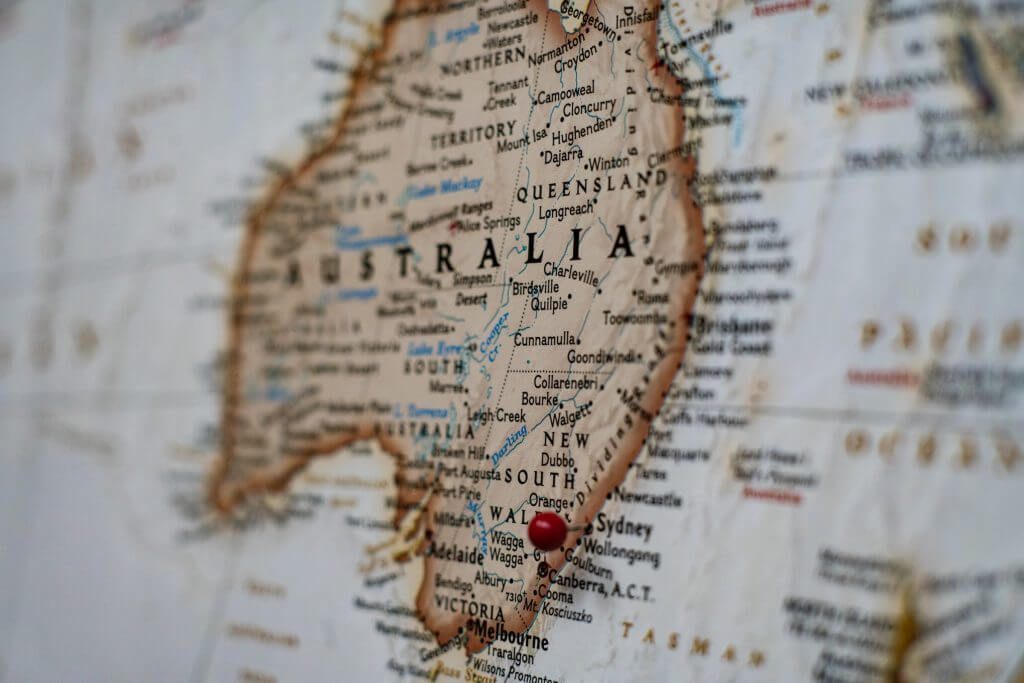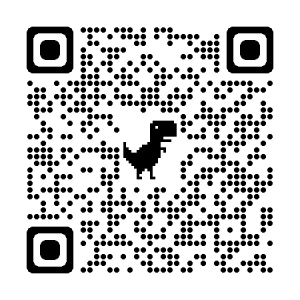
Checklist before Living in a Bushfire Zone
Will you take risks in owning a property in a bushfire prone area? First, you have to follow the requirements and precautions in building to help protect your home.
Do you have this dream of having a place in bushland in Australia? Looking at the window with beautiful scenery, opening the door and breathing with fresh air and stepping on the infinite wide-open space engaging with nature. That’s how you look at the amazing side of living in bushland. However, having a property in bushland will make you feel positive vibes, you must also keep in mind that a so-called bushfire is existing which is really destructive.
Bushfires are happening in Australia yearly and unexpected as they can be. It can be just a small bushfire which is very tolerable but it can also be big that can take everything, even life. So whenever you are planning to buy a property in bushland, you have to be open to what may happen and all possibilities.
So if you notice that the property that you want to buy is part of a bushfire-prone area, you have to follow the requirements needed in building a home and also precautions that will surely help you protect your home.
Bushfire zone – The risk
Due to climate change, it is really dangerous to build a home in bushfire-prone areas and the possibility of experiencing the threat increases. Even areas that experienced bushfires before will experience the nightmare again because of dry conditions, high winds and uncontrollable high temperatures.
Also, make sure that your property is in the safe zone because even if it is not part of the bushfire zone, it can have minor to major damage due to the burning debris and embers.
Building regulations and approval
Here are the basic guidelines that you must follow once you decide to build a property in bushland. Changes may vary depending on the state and council of the selected bushland property.
- To know if your property is bushfire prone or not, visit the local council where the area is located.
- Once the local council confirmed that the place is under the area of the bushfire zone, prepare the needed requirements.
- Get a piece of advice from a bushfire consultant or inspector who can provide an assessment of the property and find out its bushfire attack level (BAL).
- Ready all the needed applications that include all the measurements needed with regard to bushfire protection. Applicants living in Sydney and New South Wales can ask for a consultation with a Sydney architect for structural and design details.
- Once the application is submitted wait for the council’s recommendations and decisions
If the application is approved by the council, consider their recommendations and apply.
Bushfire attack levels (BAL)
BAL is based on different factors associated with the property:
- Neighbourhood
- Type of surrounding vegetation
- Distance between vegetation
- Location of the property
- Direction and slope of the land.
There is a higher BAL rating for the bushfire-prone region with steep slopes and dense vegetation. Knowing the BAL of your property will make you easily understand how to reduce the BAL rating and the exposure of the flame.
Here are the following bushfire attack level ratings
- LOW – The risk for potential fire is low
- 12.5 – There are potential embers during a fire
- 19 – There is a moderate risk from embers and burning debris
- 29 – There is a high risk, specifically from embers and burning debris
- 40 – Very high risk to be impacted by embers, debris and heat
- FZ – Extreme risk and exposure by the fire directly.
Knowing your BAL rate will help the assigned architect to work with integrated and smarter design, to minimise the property’s risk from bushfire.
Building considerations
Before the start of construction, you have to be aware of the specific detailed guidelines regarding construction materials meeting the BAL rating specifications.
The BAL rating will say if the needed home materials to be used upon construction is non-combustible. Through the property’s BAL rating, the construction officers must be well-coordinated with the required materials and quotations throughout the pre-construction.
Here are the materials that are flame-resistant, non-combustible and durable that could be used in the properties along the bushfire-prone zones:
- Corrugated steels
- Fibre cement panels
- Metal-reinforced uPVC for windows
- Steel frames
- Timber
- Toughened glass made with aluminium.
Maintenance Requirement
The checklist will not end even after your home is built. There are four maintenance requirements to keep your home and your household safe from bushfire risks.
- Trees monitoring. Always check the growth of the trees and shrubs along your property, and prune them as needed.
- Trimming. Keep twigs, leaves and dead branches trimmed and put them in a spot covered in compost bins.
- Cleaning. Always clean your garden, lawn, and gutters.
- Security. Make sure that your doors, windows, and all areas in your property are enclosed and secured to be secured in any ember attack.
Always come prepared
To prevent any damage and loss during the bushfire you have to be prepared and follow these guidelines:
- Fire escape plan. Including signals, evacuation plans and responsibilities concerning every household member such as the elderly, children and pets.
- Evacuation centre. You have to know the specific place to go when bushfires happened.
- Be wise. Tell every household about the bushfire alert levels
- Contact number ready. Post all the emergency numbers when a bushfire happened.
- Prepare all the needs. Have a bag containing all the emergency things that you need during bushfires such as personal care essentials, light food and snacks, medication, and water. You have to put them in a specific accessible place.
- Be insured. Arrange all additional home and content insurance to make sure you and your household is protected.
Live a happy life in the bushland
It is understandable that owning a property in bushland is stressful, but don’t focus on it. As long as you know that you follow all the safety precautions and guidelines, you are safe. After all, when you check all the considerations, you can fully enjoy living in a paradise embracing nature.
If you liked our “Checklist before Living in a Bushfire Zone” and find it useful, check our blogs regularly for more information on how to get out of debt and get updates on personal wealth apps in Australia.




